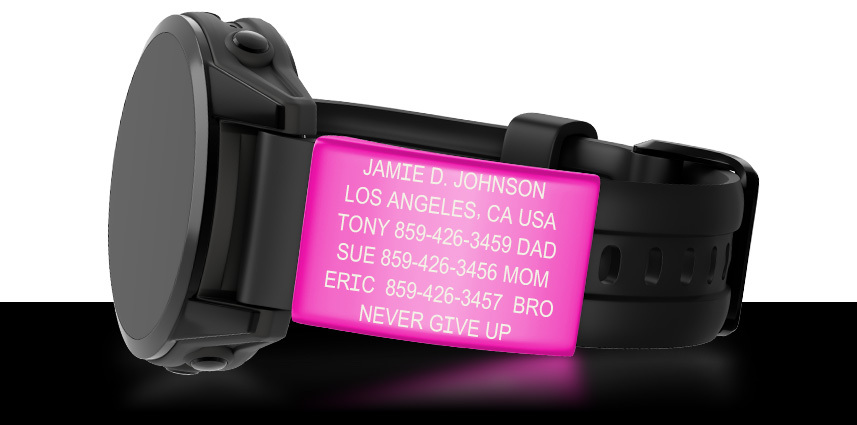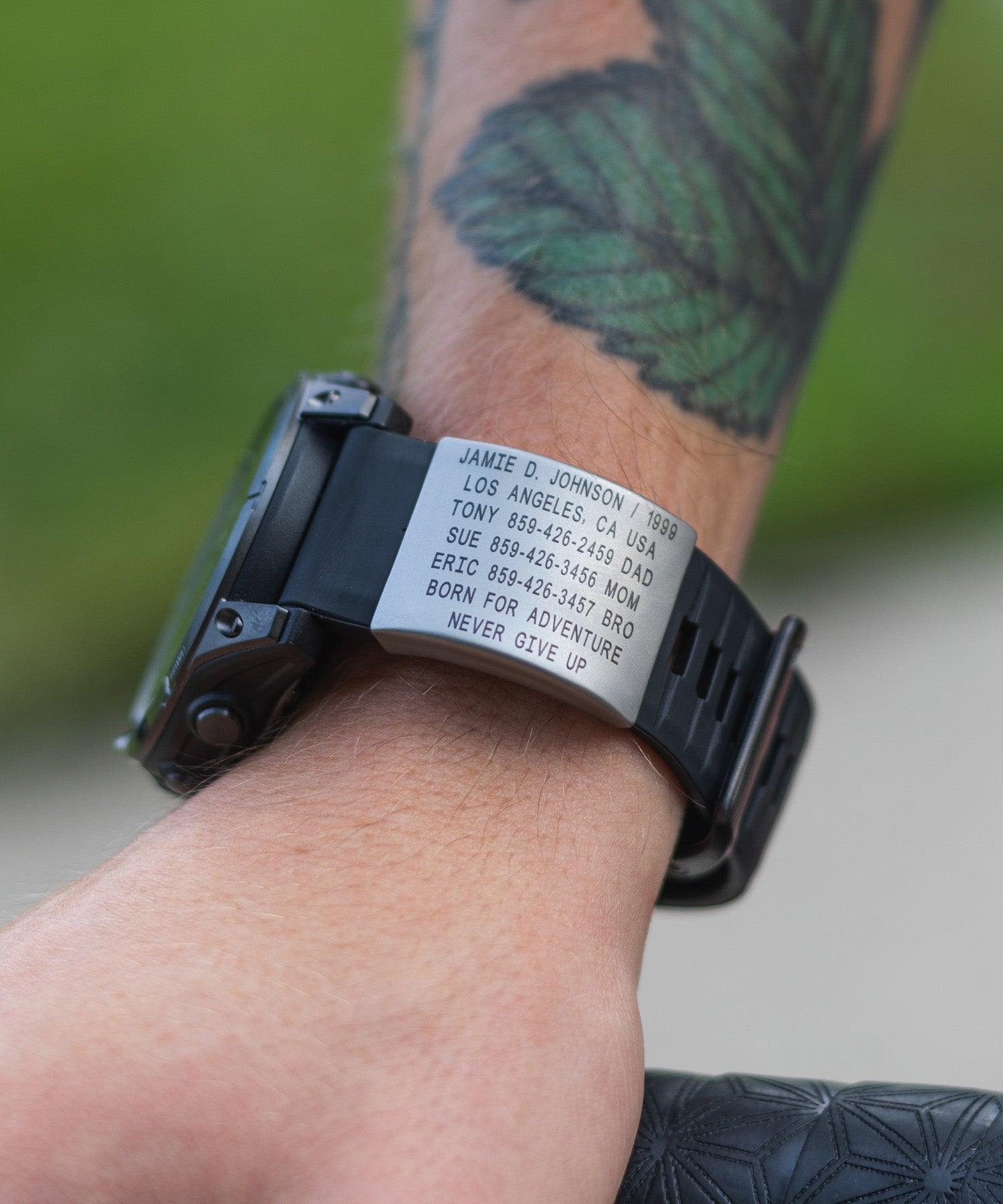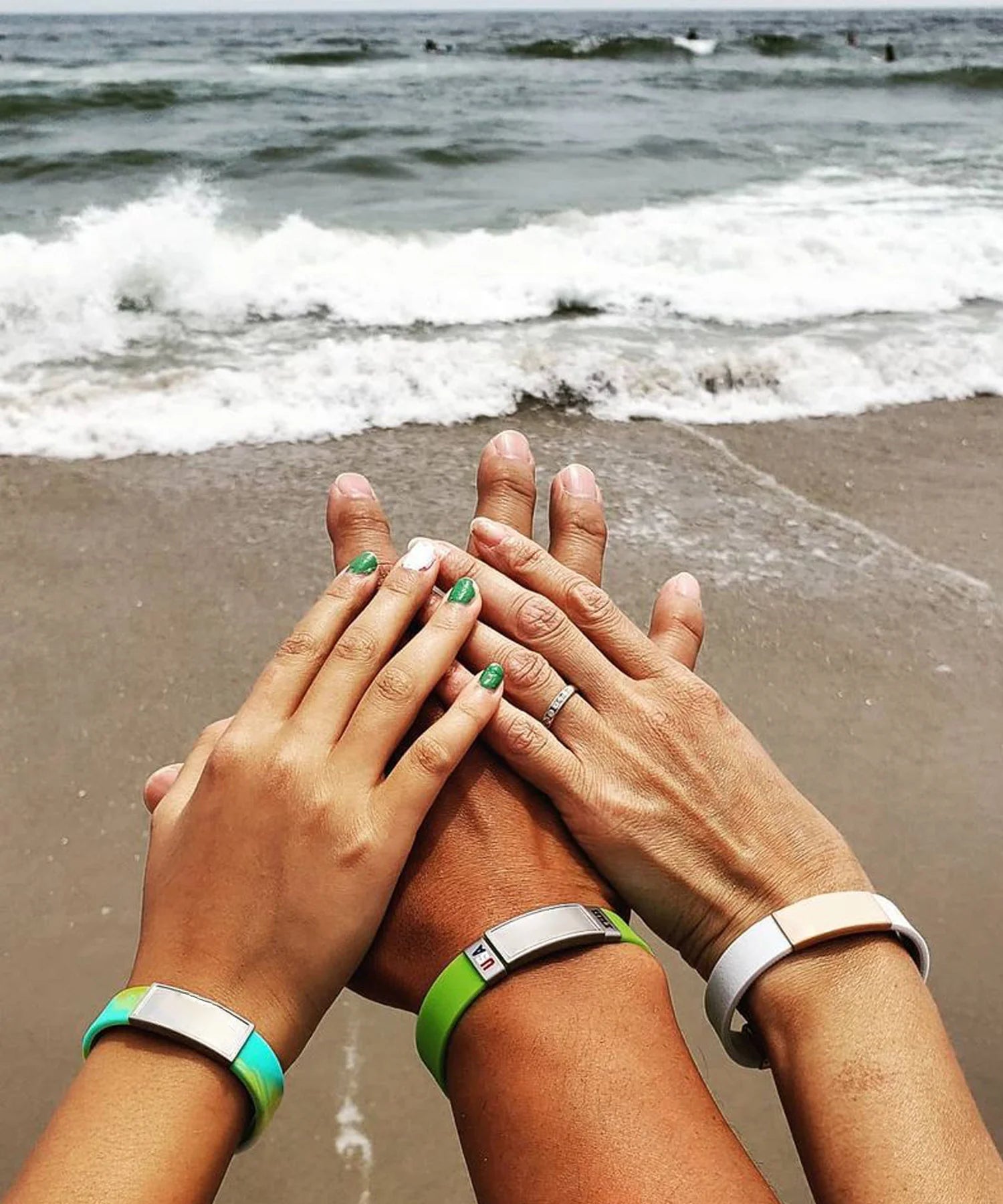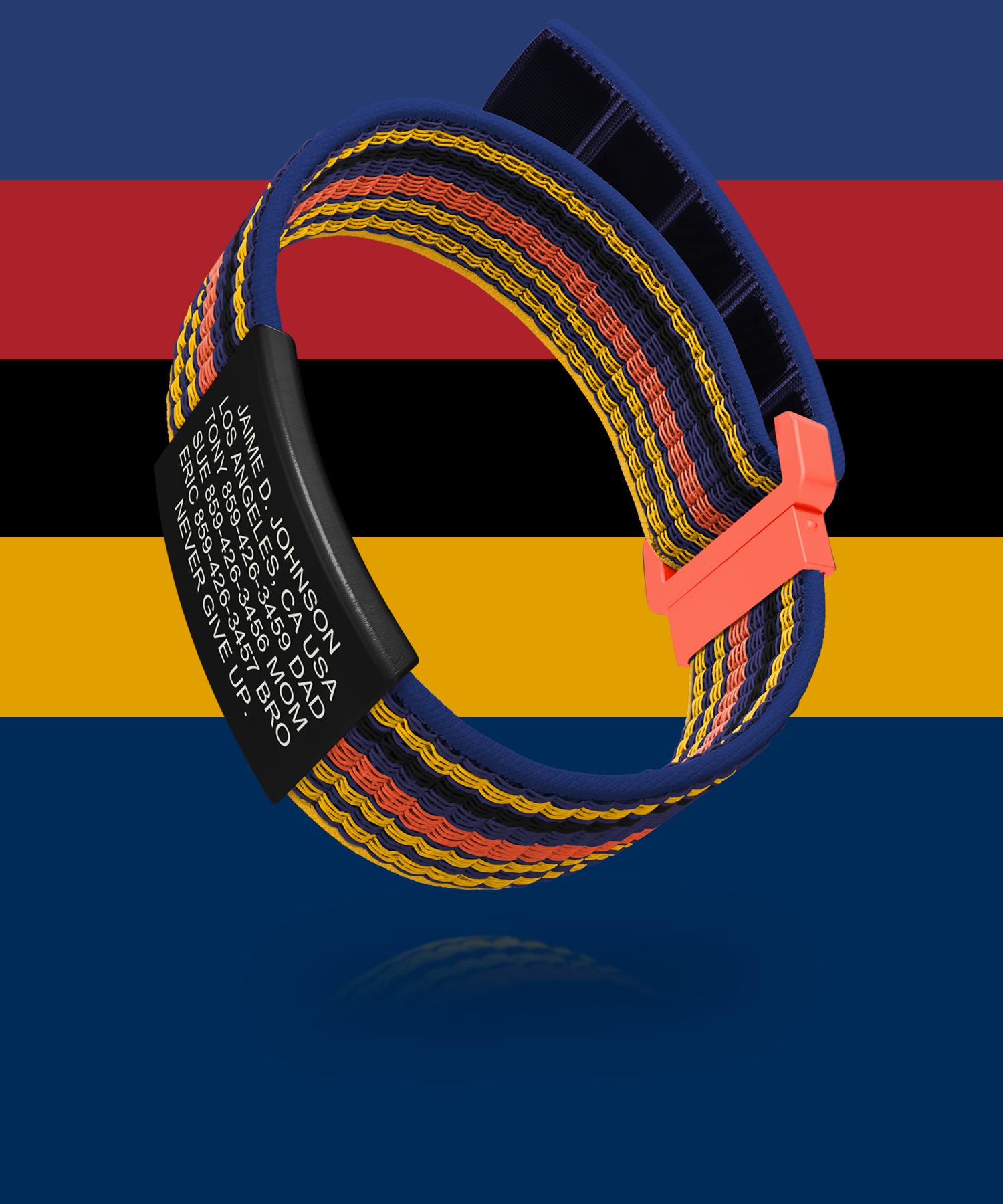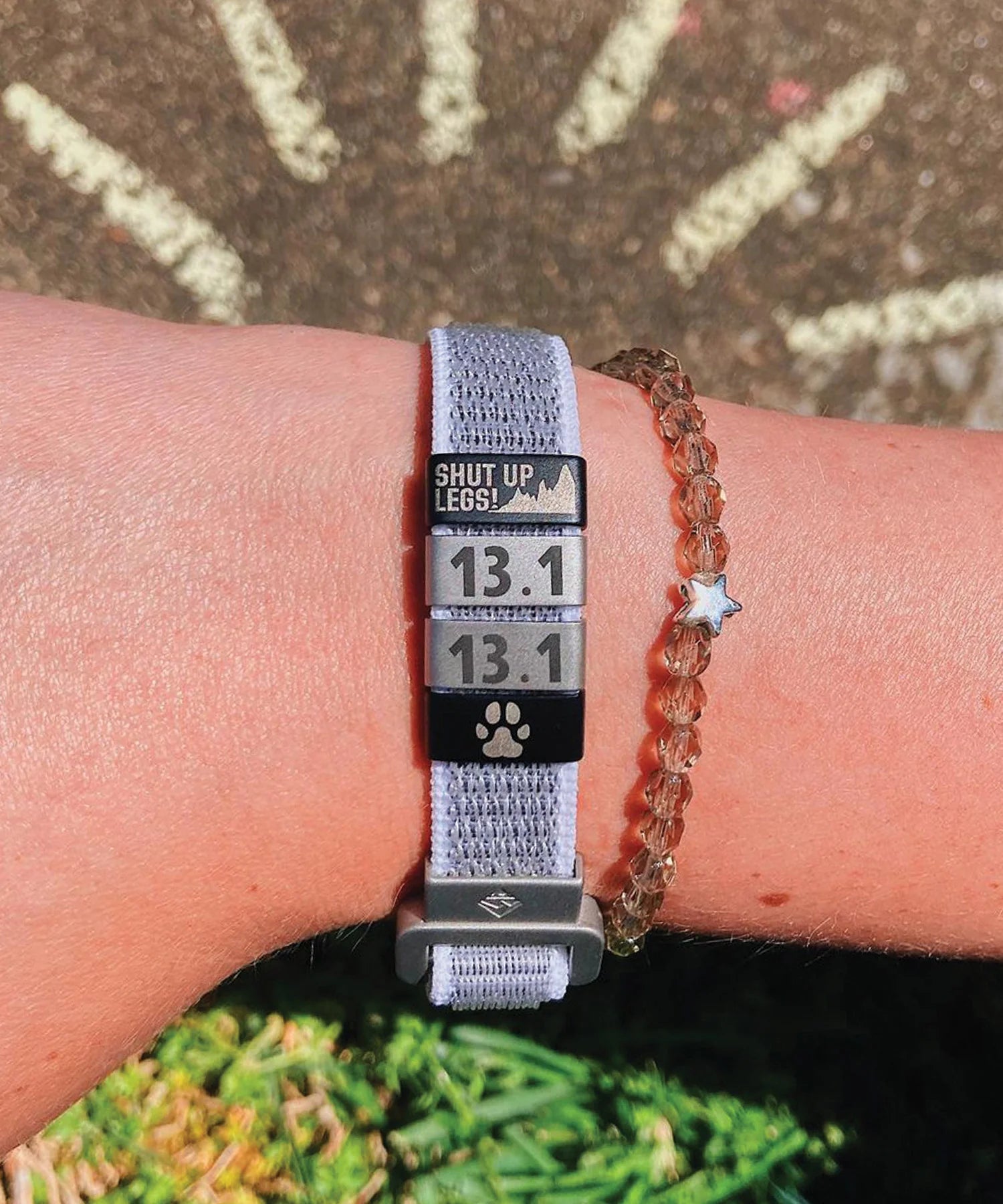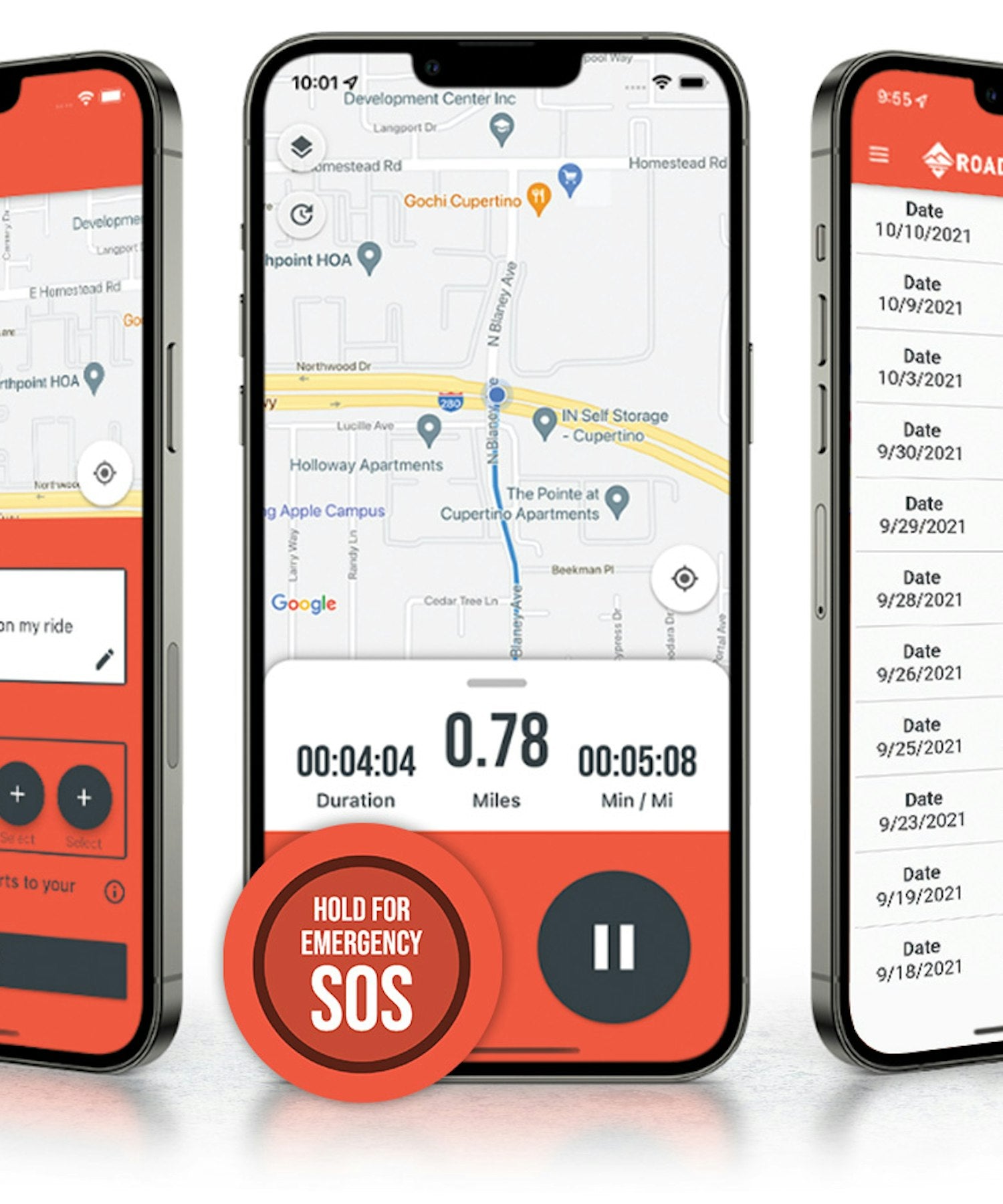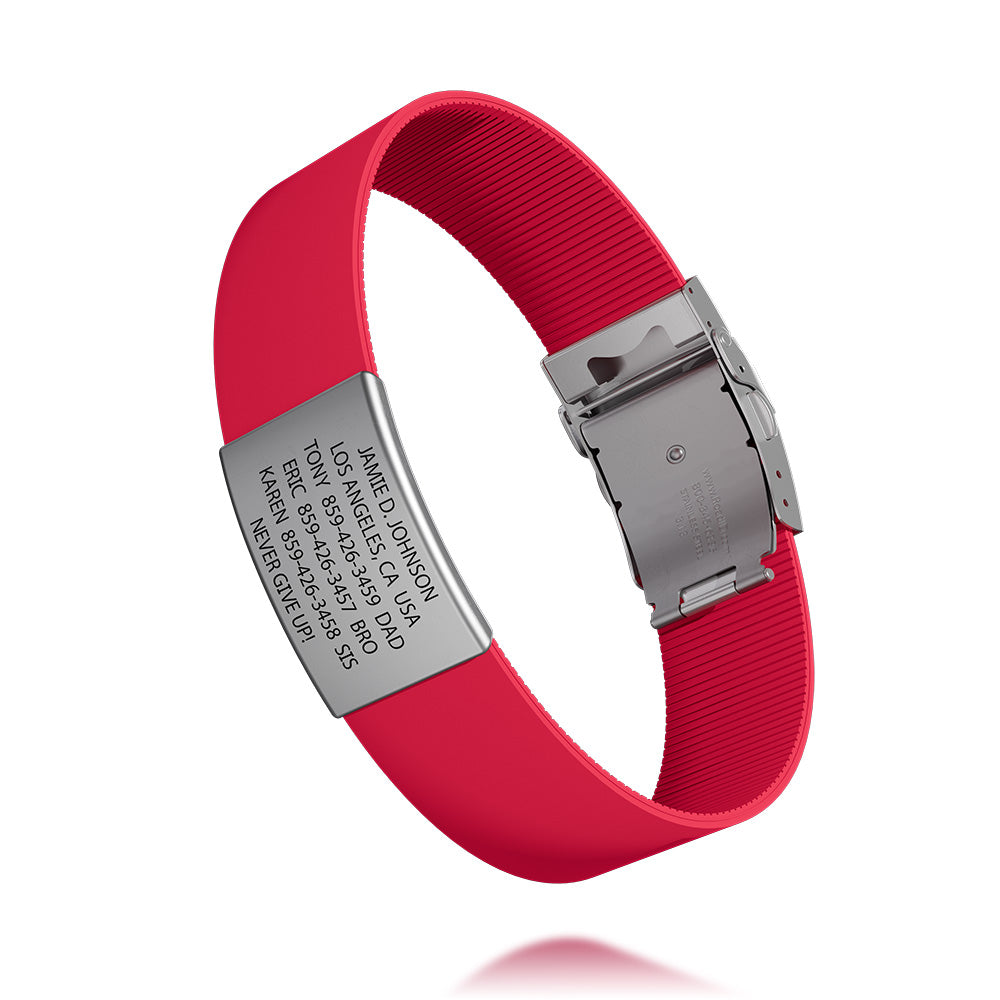
With winter approaching, you’ve probably noticed your runs getting a little chillier. You transitioned from short sleeves to long sleeves, shorts to track pants, headbands to beanies. The wind has gotten sharper and you can see your breath in the air.
Amidst all this, you’re noticing some other things: it’s taking longer for your body to warm up; your muscles are feeling tighter than you remember; and sometimes you start sweating more, even though it’s colder out. What’s the cause of all this, and how can you best avoid them?
As a runner, your greatest strength is consistency and toughness. The toughness to run every day, to remain consistent from start to finish, to get through every run and continue making progress. For many runners, that means running through the winter, no matter how cold it gets, no matter how much snow piles up.
But how do you run through the winter? How do you take cold weather and use it as a strength? Here’s the best ways you can overcome the cold weather and conquer your next run.
10 USEFUL TIPS FOR RUNNING IN THE COLD

1. WARM UP BEFORE YOU GET OUTSIDE
Before you get outside, it’s important you get your blood pumping. While you can warm up once getting out the door, the problem in doing so is that it will take a long time to properly warm up your muscles. Rather, by starting indoors, you can break a sweat, stretch your muscles and get moving, all to maintain your body temperature rather than allowing it to significantly drop the moment you step outside.
Some simple ideas to warm up at home include bouncing around, doing jumping jacks and performing dynamic stretches. Dynamic stretching is preferable to static stretching, as it helps your body’s muscles stretch by moving with the rest of your body. Static stretching is dangerous with cold muscles because it can lead to potential strains and tears.
Why avoid static stretching? Compare stretching a frozen rubber band to a room temperature rubber band. The room temperature rubber band will be greatly flexible, moving just as you want it to. However, the frozen rubber band? It will break with just a little stretching.
So warm up those muscles and stretch them prior to getting out the door.

2. WATERPROOF JACKETS CAN DO A LOT
Snow happens during the winter. Don’t let it get you down — literally. While a sweatshirt may be comforting, it will hold onto moisture. That’s a bad thing when it comes to snow and cold rain, as it will lead to it becoming sopping wet and heavy.
Instead, you should wear a waterproof jacket. Waterproof jackets are intended for winter weather, as they keep you cool and dry. Moreover, they keep you warm. All waterproof jackets are also windproof, which will protect you against all the elements.
However, when choosing a jacket, you need to keep an eye out for how it’s labeled. Waterproof jackets are very different from water-resistant jackets. How so? Water-resistant jackets are only designed to stand up to rain for a little bit. However, waterproof jackets are designed to repel water altogether.
While waterproof jackets lose their water repellent qualities over the years, they are far more protective against precipitation than water-resistant jackets.
3. WIND PANTS CUT OUT THAT STIFF BREEZE
If the weather is truly horrible out, you could use a pair of waterproof pants. But on a regular winter day, wind pants will truly do the trick. Added as an outer layer above your shorts or compression shorts, they can properly keep you warm against the elements.

4. ALWAYS DRESS LIKE IT’S WARMER OUT
A common mistake runners make while dressing for winter weather is that they overdress for running. But how do you overdress for cold weather?
If you see it’s 20 degrees Fahrenheit outside, you may dress for 20-degree weather. The clothing will feel adequate when you get outside, but it will suddenly feel like too much after two miles. Why is that?
Your body temperature rises once you start running. With the added exertion, your internal body temperature will increase. Suddenly, what you thought was the right amount of clothing is too much.
A good rule of thumb to avoid this is as follows: always dress like it’s 10 degrees Fahrenheit hotter outside. This way, you’ll be dressed for your body temperature while running, not as if you were just stepping outside to hang out. This will help you avoid overdressing, which can lead to excessive sweating — which can also lead to negative side effects like hypothermia.
5. YOU CAN ALWAYS SLOW DOWN
Remember that you’re only competing against yourself. With the colder weather, you’re already running into some other stressors: you have to put out more exertion amidst the colder weather and you’ll have to be more careful with every step, especially if there’s ice out on the roads.
You shouldn’t feel bad about having to reduce the stress on your body. You can always slow down to make your run a little easier.

6. YOU CAN CUT BACK ON MILEAGE
Similarly, you don’t have to keep running the same distance. Part of the problem with long runs is that it’s more time spent outside, time where your body will be exerting energy to stay warm enough amidst the cold weather.
Don’t feel bad about cutting back on your mileage, especially on days where the weather is especially poor. You can always make up that mileage some other time, especially when it’s safer to be outside.
7. GET INSIDE AND GET WARM ONCE YOU’RE DONE
You’ll heat up while running, but once you stop, your body temperature is going to begin plummeting. Rather than staying outside, you need to get indoors to a warm place. This ensures that you’ll avoid any early signs of hypothermia, all while protecting your body against the elements.
Once inside, you should also get out of your clothes, changing into something that’s breathable and comfortable. This way, you can get the sweat off your body, allowing your body to truly cool down. By doing so, you’ll be able to physically relax, properly de-stressing following your run.
You’re also going to want to stretch during this time. Now that your muscles are warm, they’re primed to be stretched. This way, you can protect your muscles and ligaments, allowing them to remain limber for your very next run.

8. YOU STILL NEED TO HYDRATE
While it’s cold out, that doesn’t mean you won’t be sweating. You’re still exercising, which means your body is still going to be using water to fuel itself. So you still need to drink water — during and after your run. And if you’re running longer than eight miles in one go, you should bring water along with you. Just as carbohydrates are important to avoid hitting the wall, you’ll need water to fuel your body through the run.
9. REMEMBER THAT ACCIDENTS HAPPEN
You need to remember that amidst the winter beauty, there is also the possibility for danger. Black ice makes for uneven footing and vehicles skidding out of control. Similarly, the cold weather can lead to hypothermia, especially if it’s snowing heavily or if you step into a deep puddle while far from home.
Don’t take any chances this winter. Instead, stay vigilant by wearing medical alert bracelets. ID bracelets make it easy for you to bring your medical information with you wherever you go. In the event of a medical emergency or accident, bystanders or EMS personnel can use your bracelet to know …
- Who you are
- Who your emergency contact is
- Medical conditions you live with
So, runners suffering from diabetes, seizure disorders or other health ailments can stay safe if an emergency or accident were to strike.

10. STAY SAFE WITH A RUNNING BUDDY
Runners are always safer in numbers. Rather than running alone during the winter months, you should run with a friend. Besides keeping you motivated, they’ll also help you stay safe while out on the road. If you were to ever get injured, they’ll be nearby to protect you. They can immediately reach out for help, if needed, and they can keep you company prior to medical assistance arriving.
ESSENTIAL WINTER RUNNING GEAR
So what should you be wearing while running in the winter? Here’s the essential gear you should have at the ready.
AVOID THE WIND AND PRECIPITATION
Waterproof layers are a must for the winter months. They’ll protect you against both precipitation and wind, allowing you to run both comfortably and safely.
AVOID CHAFING FROM SWEAT
That waterproof clothing is bound to cause you to sweat. Don’t allow that sweat to collect on your back, chest and under your armpits. Instead, you can wear moisture-wicking clothing, which will pull sweat away from your body to keep you cool. You can also throw on a pair of moisture-wicking socks, especially those made of merino wool, to keep your feet warm, comfortable and cool during your cold-weather run.
KEEP A COOL YET WARM HEAD
A lot of heat escapes through the head while outside in cold weather. That’s why you need to wear a winter hat in the cold weather.
YOU CAN ALWAYS COVER YOUR FACE
Similarly, you should also consider covering your face, depending on just how cold out it is. If it starts approaching zero degrees, it’s in your best interest to cover up. This could be as simple as wearing a buff across your face, or it could involve wearing a full balaclava.

CARRY YOUR INFORMATION
As mentioned above, it’s also a good idea to wear a medical alert bracelet. It’s a simple way to carry your personal information wherever you go, allowing you to leave your actual ID at home. An Apple Watch medical alert bracelet makes it especially easy, as it can be attached right to your Apple Watch, placing your relevant personal and medical information right around your wrist.
KEEP YOUR HANDS WARM
Don’t forget to bundle up in other ways, either. You’ll also want to cover your hands. While you may think pulling your jacket sleeves over your hands will do the trick, it’s not enough — especially if it’s snowing out. Instead, you should throw on a pair of winter gloves. Thankfully, if your hands ever feel too hot, you can simply slip your gloves off for a little bit to let your hands breathe.
BRING YOUR PHONE WITH YOU
Lastly, you should bring your phone along with you, too. Running tracker apps make it easy to track your location and map your run, but your phone also gives you a lifeline to the outside world. You can also access your phone’s maps app if you happen to get lost along the way.
This winter season, don’t take your chances. If you plan on running through the winter, plan on remaining prepared. It’s the best thing you can do for your overall health and personal safety.
Image Credits
maximmmmum/Shutterstock.com
Pranch/Shutterstock.com
THANKYOU3/Shutterstock.com
Aleksandr Ozerov/Shutterstock.com
CoolPhotoGirl/Shutterstock.com
PanicAttack/Shutterstock.com
lzf/Shutterstock.com
Maridav/Shutterstock.com
Onk-Q/Shutterstock.com
sportpoint/Shutterstock.com
